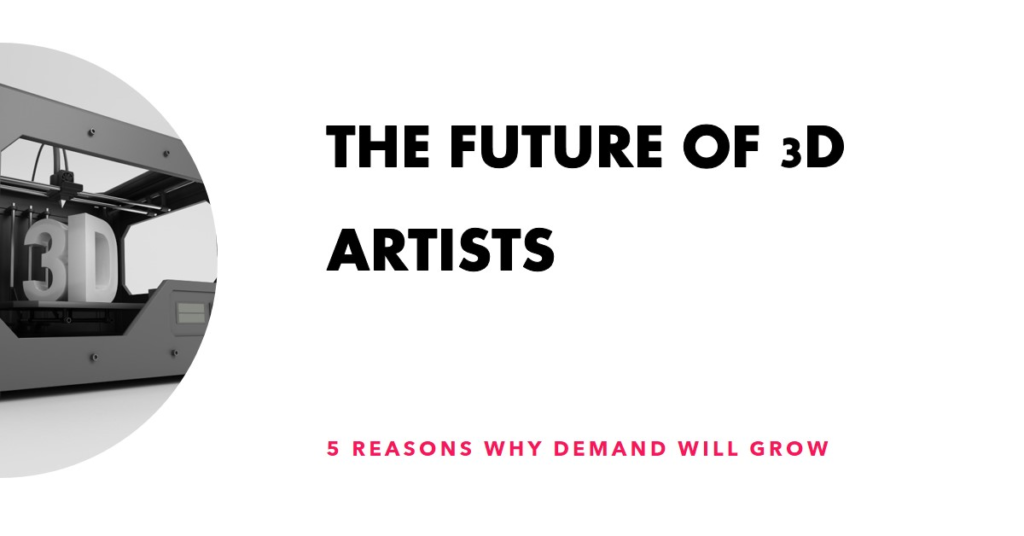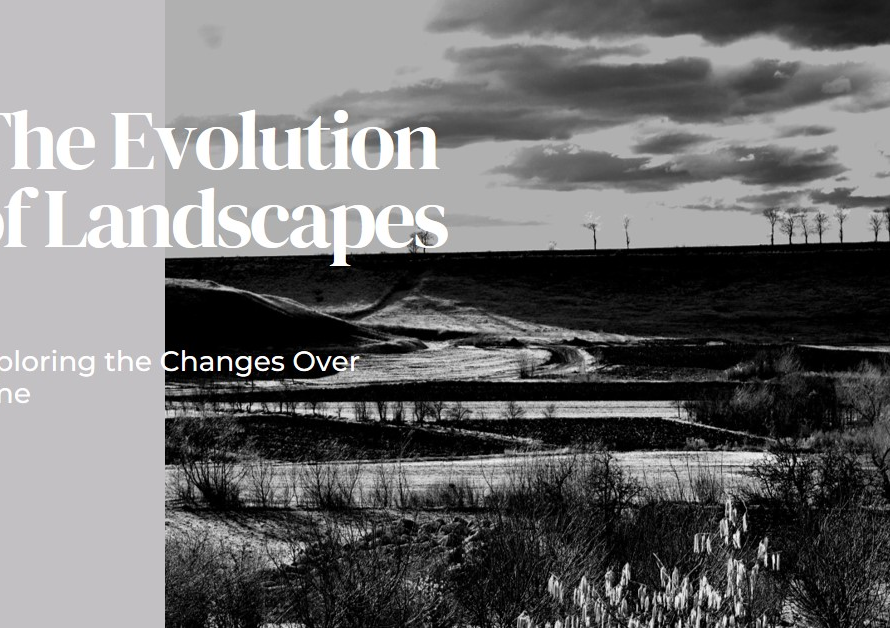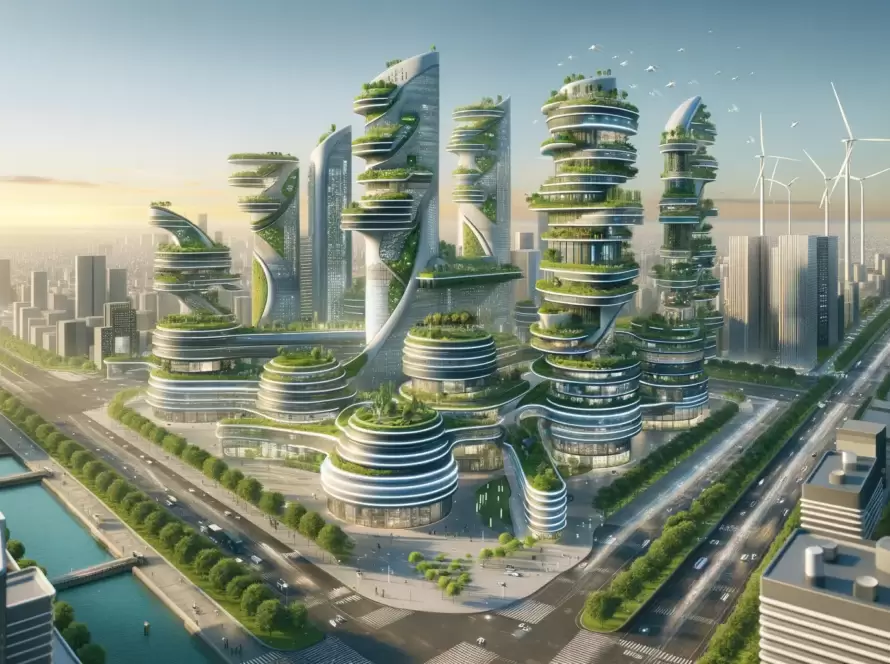
Table of Contents
1. Expansion of Virtual and Augmented Reality Applications
3D Artist, The proliferation of virtual and augmented reality (VR/AR) technologies across industries such as gaming, entertainment, education, healthcare, and retail is a primary catalyst fueling the demand for 3D artists. These immersive technologies rely heavily on captivating 3D visuals to create realistic virtual environments, interactive simulations, and engaging user experiences. From lifelike character animations to detailed 3D environments, 3D artists play a pivotal role in bringing VR/AR visions to life.
As VR/AR applications diversify and gain mainstream adoption, the need for skilled 3D artists proficient in creating optimized assets for these platforms continues to escalate. Companies investing in VR/AR experiences for marketing, training, product visualization, and entertainment purposes seek talented 3D artists capable of pushing the boundaries of visual fidelity and storytelling in virtual realms, thus driving sustained demand in the 3D art industry.
2. Rise of E-Commerce and Product Visualization Demands
The e-commerce landscape is evolving rapidly, with consumers increasingly preferring immersive product experiences before making purchase decisions. As a result, businesses are investing heavily in advanced product visualization techniques, including interactive 3D product models, virtual try-on features, and augmented reality product previews. 3D artists proficient in product modeling, texturing, and rendering are in high demand to create compelling visual content that enhances online shopping experiences.
Moreover, the convergence of e-commerce with AR technologies enables consumers to visualize products in their real-world environments before buying, boosting confidence and reducing returns. This trend drives the need for 3D artists who can create photorealistic product representations, optimize models for real-time rendering, and integrate interactive features seamlessly into e-commerce platforms. As online retail continues to dominate global markets, the demand for skilled 3D artists in the e-commerce and product visualization sectors is expected to surge.
3. Expansion of the Gaming and Entertainment Industries
The gaming and entertainment industries represent perennial hotbeds of innovation and creativity, driving continuous demand for talented 3D artists across various disciplines. As video games evolve into immersive, lifelike experiences with complex narratives and expansive virtual worlds, the demand for 3D modelers, animators, texture artists, and environment artists remains robust. Game developers seek artists who can create stunning character designs, dynamic animations, realistic environments, and special effects that captivate players and enhance gameplay experiences.
Similarly, the entertainment industry, including film, animation, and digital media production, relies heavily on skilled 3D artists to bring imaginary worlds, fantastical creatures, and visual effects to the screen. From blockbuster movies to episodic series and immersive theme park attractions, 3D artists contribute significantly to the visual spectacle that enthralls audiences worldwide. With the continuous growth of the gaming market and the expansion of streaming platforms, the demand for versatile and innovative 3D artists is poised to grow exponentially.
4. Adoption of 3D 3D Artist in Manufacturing and Prototyping
The adoption of 3D printing technologies in manufacturing, prototyping, and product design processes has revolutionized traditional workflows, driving demand for 3D artists with expertise in creating printable 3D models. Industries such as automotive, aerospace, healthcare, consumer goods, and architecture leverage 3D printing for rapid prototyping, custom manufacturing, and intricate design iterations. 3D artists proficient in CAD modeling, topology optimization, and material simulations are instrumental in creating 3D-printable designs that meet stringent quality and functional requirements.
Furthermore, the customization capabilities offered by 3D printing technologies are reshaping consumer expectations, leading to increased demand for personalized products across sectors. From bespoke fashion accessories to customized medical implants, 3D artists collaborate with engineers and designers to translate conceptual designs into manufacturable 3D models, driving innovation and market differentiation. As 3D printing technologies evolve and permeate diverse industries, the demand for skilled 3D artists capable of harnessing these capabilities will continue to rise.
5. Emergence of Virtual Production Techniques
The entertainment and media production landscapes are witnessing a paradigm shift with the emergence of virtual production techniques powered by real-time rendering engines and LED screen technology. Productions ranging from films and television series to commercials and virtual events leverage virtual production workflows to create immersive virtual environments, enhance storytelling, and streamline production processes. Skilled 3D artists proficient in creating digital sets, props, and visual effects in real time are essential collaborators in virtual production pipelines.
Moreover, the synergy between traditional filmmaking techniques and virtual production tools enables filmmakers to explore creative possibilities, reduce production costs, and accelerate timelines without compromising on visual quality. As studios and production houses embrace virtual production as a standard practice, the demand for 3D artists capable of integrating digital assets seamlessly into virtual environments and collaborating in virtual production teams will see significant growth.
6. Continual Evolution of Architectural Visualization and Design
In the architecture and real estate sectors, the demand for 3D artists specializing in architectural visualization and design is poised for continuous growth. Architectural firms, real estate developers, and urban planners increasingly rely on photorealistic 3D visualizations, virtual tours, and interactive presentations to showcase designs, market properties, and engage stakeholders effectively. Skilled 3D artists proficient in architectural modeling, texturing, lighting, and rendering techniques play a pivotal role in creating compelling visual narratives that communicate design intent and spatial experiences convincingly.
Moreover, the integration of Building Information Modeling (BIM) methodologies with 3D visualization workflows expands the scope of 3D artists’ contributions, facilitating data-driven design decisions, clash detections, and construction simulations. As sustainable design practices gain prominence, 3D artists specializing in environmental modeling, energy analysis, and green building simulations are in high demand to create visually impactful representations of sustainable architecture and urban planning initiatives.
7. Increased Demand for Immersive Training and Simulation Solutions
Across industries such as defense, healthcare, aviation, and manufacturing, the demand for immersive training and simulation solutions is growing rapidly, driving the need for skilled 3D artists proficient in creating realistic virtual environments, interactive scenarios, and training simulations. Military organizations leverage VR/AR technologies for mission planning, combat simulations, and equipment training, requiring 3D artists to design detailed terrains, vehicles, weapons, and virtual scenarios.
Similarly, healthcare institutions adopt VR/AR-based medical simulations for training healthcare professionals, surgical procedures, patient education, and therapeutic interventions. 3D artists collaborate with medical experts and simulation specialists to create anatomically accurate models, medical devices, and procedural simulations that enhance training effectiveness and patient outcomes. As immersive training solutions gain traction for their cost-effectiveness and scalability, 3D artists specializing in simulation content creation will see increased demand across sectors.
8. Expansion of Architectural Visualization and Design
In the architecture and real estate sectors, the demand for 3D artists specializing in architectural visualization and design is poised for continuous growth. Architectural firms, real estate developers, and urban planners increasingly rely on photorealistic 3D visualizations, virtual tours, and interactive presentations to showcase designs, market properties, and engage stakeholders effectively. Skilled 3D artists proficient in architectural modeling, texturing, lighting, and rendering techniques play a pivotal role in creating compelling visual narratives that communicate design intent and spatial experiences convincingly.
Moreover, the integration of Building Information Modeling (BIM) methodologies with 3D visualization workflows expands the scope of 3D artists’ contributions, facilitating data-driven design decisions, clash detections, and construction simulations. As sustainable design practices gain prominence, 3D artists specializing in environmental modeling, energy analysis, and green building simulations are in high demand to create visually impactful representations of sustainable architecture and urban planning initiatives.
9. Increased Demand for Immersive Training and Simulation Solutions
Across industries such as defense, healthcare, aviation, and manufacturing, the demand for immersive training and simulation solutions is growing rapidly, driving the need for skilled 3D artists proficient in creating realistic virtual environments, interactive scenarios, and training simulations. Military organizations leverage VR/AR technologies for mission planning, combat simulations, and equipment training, requiring 3D artists to design detailed terrains, vehicles, weapons, and virtual scenarios.
Similarly, healthcare institutions adopt VR/AR-based medical simulations for training healthcare professionals, surgical procedures, patient education, and therapeutic interventions. 3D artists collaborate with medical experts and simulation specialists to create anatomically accurate models, medical devices, and procedural simulations that enhance training effectiveness and patient outcomes. As immersive training solutions gain traction for their cost-effectiveness and scalability, 3D artists specializing in simulation content creation will see increased demand across sectors.
10. Technological Advancements and Cross-Industry Innovation


The rapid pace of technological advancements, including real-time rendering engines, AI-driven content generation, and cloud-based collaboration tools, propels cross-industry innovation and expands the scope of 3D art applications. From immersive theme park attractions and interactive museum exhibits to virtual fashion shows and digital twin simulations, the opportunities for 3D artists to collaborate on groundbreaking projects across diverse sectors continue to grow.
Moreover, the democratization of 3D modeling and animation tools, coupled with online learning platforms and global freelance networks, facilitates talent development and access to a global pool of skilled 3D artists. This interconnected ecosystem fosters creative collaborations, remote work opportunities, and innovative projects that leverage the collective expertise of 3D artists worldwide. As technology continues to evolve and permeate every aspect of society, the demand for adaptable, creative, and technically proficient 3D artists will remain on a trajectory of sustained growth, shaping the future of digital artistry and immersive experiences.


